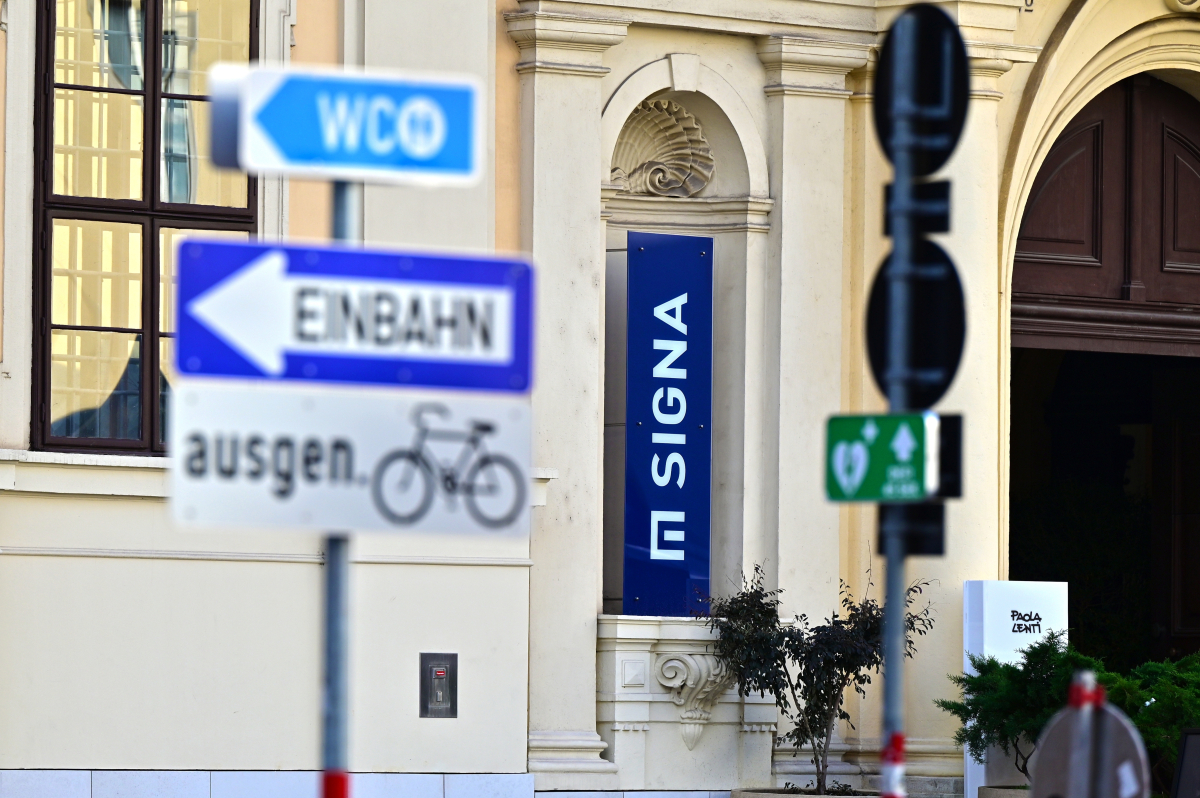What is the value of the Kita?
The valuers at our subsidiary bulwiengesa appraisal are increasingly being asked to carry out valuations of day-care centres for children. To the public, this sounds like an unusual investment. But real estate is secretly maturing into a new asset class.
There are many reasons for the demand for valuations of day care centres (Kindertagesstätten, "Kitas"). On the one hand, there is a nationwide pent-up demand for day-care centres, especially in western Germany. This is due to the fact that currently only about 35% of children under the age of three are cared for nationwide, but 49% of parents would like to have their child under the age of three looked after in a day care centre. Investors have also recognised this need and have established themselves with targeted investment products such as daycare funds, e.g. from Aviarent, Habona, Omega and Gothaer. On the other hand, the demand for Kita places is fuelled by the nationwide entitlement to a place from the age of one. At the beginning of 2019, the law came into force, with which the federal government supports the states in improving the quality of daycare centres. The resulting investment volume is currently estimated at around 5.5 billion euros.
When determining the value of day care centres, different investment and operating cost subsidy programmes at the Länder level must be taken into account. Municipal subsidies also exist in some cases, but these remain the exception.
Decisive for the success of a day care centre is a generally positive population development, good transport connections and proximity to residential areas and large employers. A journey time of up to 30 minutes from the catchment area is generally perceived as reasonable. On the planning and building law side, it must be taken into account that daycare centres are usually built in residential or mixed areas.
Naturally, a day care centre has to meet very specific requirements: Establishments with three to five groups for six to twelve children under the age of three and twelve to 25 children in facilities for over-threes have turned out to be the optimal economic size.
Although the specific concept of a day-care centre limits its use to third parties, it has several characteristics that make an investor prick up his ears: Many day-care centres are run by municipalities or other institutions that are considered to be very creditworthy. The revenues from rental income are covered up to 90 % by public subsidies and are thus largely independent of the economic cycle. The exit risk can also be regarded as low, as day-care centres are usually very loyal to their location, which is reflected in lease terms of 20 to 30 years. It should be mentioned that day care centres often only have an investment volume of 2.5 to 5.0 million euros per property, which makes the investment of larger amounts more expensive - for example through the purchase of properties. With the increasing importance of ESG criteria, it can be assumed that day care centres will become more attractive as an investment opportunity, because the social benefit of these investments is very obvious.
Note: Further information on "Public infrastructure real estate" can be found in our brief study.
Contact: Marcus Badmann, Managing Director of bulwiengesa appraisal GmbH, badmann@bulwiengesa.de
You might also be interested in
For our magazine, we have summarized relevant topics, often based on our studies, analyses and projects, and prepared them in a reader-friendly way. This guarantees a quick overview of the latest news from the real estate industry.




